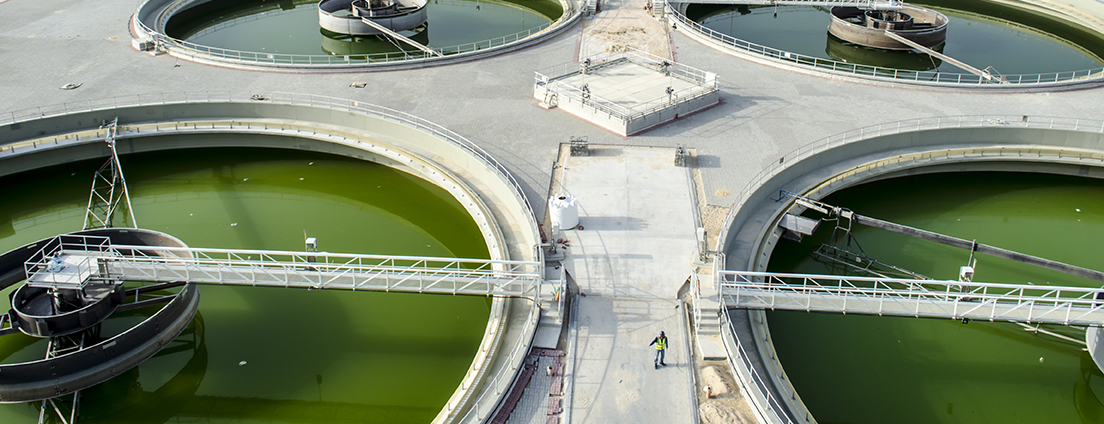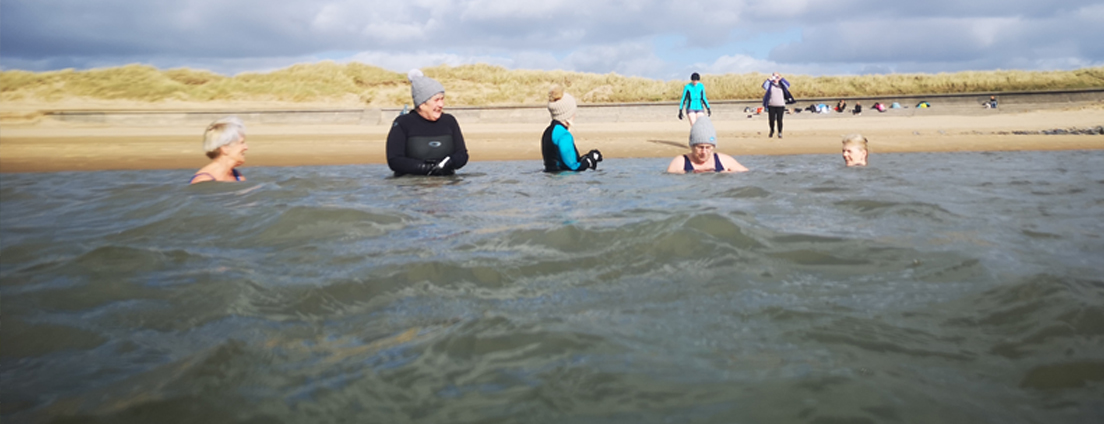The devastating effect of sewage on our UK Seas & Rivers
Nearly two years have passed since the 2021 Environment Act was brought into law and yet reports of raw sewage spills continue to dominate UK news headlines. Indeed, the Environment Act seems largely responsible for propelling the issue into the wider spotlight with a recent report suggesting that up to 25% of potential bathers have been avoiding sea swimming because of concerns over sewage contamination. However, as the landscape and legislation surrounding the spills continues to evolve, it prompts the question:
How does our sewage end up in rivers and seas?

The UK is home to over 100,000 kilometres of combined sewers, mostly constructed by the Victorians.
There are over 500,000 kilometres of sewers in this country, about a fifth of which is 'combined'.
There are 14,346 CSOs in England alone.
England operates on a combined sewer system, meaning that both the wastewater (from homes, businesses etc.) and runoff (from rainfall, snowmelt, etc.,) flow into the same pipe to be transported to the local treatment facility. At the treatment facility, the water is treated to remove the majority of the polluting load before it is discharged into local water bodies, usually rivers. The level of treatment depends on the population equivalent and can consider the sensitivity of the receiving environment.
‘Population equivalent’ refers to a measure of wastewater production equivalent to one person served by the wastewater treatment facilities. It is a way to define treatment capacity of different WWTWs.
Combined sewer systems have several benefits including easier cleaning due to one large pipe over two smaller ones, lower maintenance costs and the dilution of sewage intensity during rain events. However, a main disadvantage is that during storm events, the pipe can be overwhelmed with the combined volume and risk backing up into people’s homes and businesses. As a result, England’s sewer system was designed with Combined Sewer Overflows (CSOs) which are overflow valves which can trigger in high intensity or prolonged rain events to prevent overflow elsewhere.
The use of CSOs is triggered at the discretion of the water company. CSO activation should be based on legislation that dictates that triggering CSOs should be limited to ‘exceptional circumstances’. Releases can either be after partial treatment in a settling tank or from a CSO to release the pressure on the WWTW and prevent it backing up or blocking. The intention is to partially treat as much as possible before it is released or, in the case of untreated releases, that the rainwater has diluted as much of the sewage as possible to limit the damaging effects on the environment.
EA, the water regulator, set the permits for each water treatment works based on size, population equivalent and the receiving water body as some are more environmentally sensitive than others. These permits will then specify the amount of waste that needs to have been treated before untreated sewage is allowed to be discharged. Ofwat, the water regulator, is responsible for investigating non-compliance and potential reasons behind instances of non-compliance.
Circumstances for release do go beyond rainfall associated capacity limits and include releasing pressure owing to blockages, where items that are not able to be flushed such as wet wipes and oil have congealed and block the pipes. The use of CSOs goes a long way to reduce the impacts of flooding however, recent attention has been focused on the number of unconsented spills taking place across the sewage network. Whilst the water company responsible will receive a fine for unconsented spills, it isn’t enough to stop them occurring and can have significant impacts on the environment and public health.

Going forward, there is a lot of public pressure on the UK government to increase both legislation and funding to ensure spills are reduced over the next few decades. This isn’t a problem that exists in isolation as it requires movement from the water companies themselves, the regulator as well as other players such as land developers and even the general public in considering what enters the sewage system.
Ofwat currently has investigations open to understand more about why some water companies have been spilling in excess volumes as well as currently seeking more regulatory powers from the government to aid them in their control of the water companies. All England’s water companies are currently owned by private investors and there is some discussion that they are currently underspending on infrastructure improvements which could go some way to reducing the need for spills, although this is debated as to the degree of unused capital.
Undoubtedly, the sewer system is a real feat of Victorian engineering but it has come under increasing pressure as the population increases and the variety of materials which end up in the sewers. As recently as May 2023, 1.6bn in funding was approved by Ofwat and the UK government which included significant infrastructure improvements to reduce CSO spills.
This is undoubtedly a rapidly changing landscape at present but whether it is changing fast enough to ensure the survival of England’s environment and ecosystems remains to be seen. Reducing pollution and polluting events evidently requires a combined effort across stakeholders to be successful.
